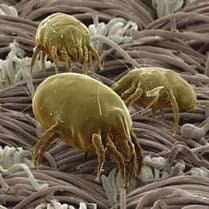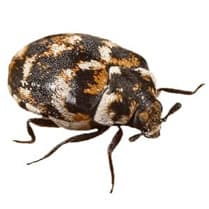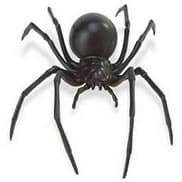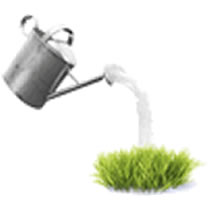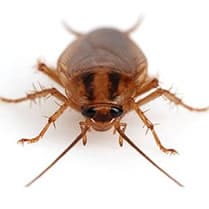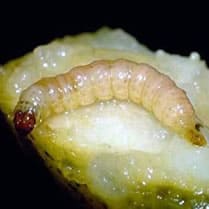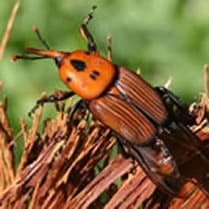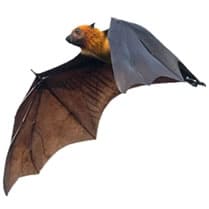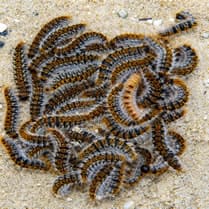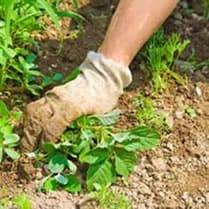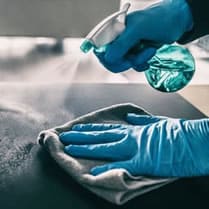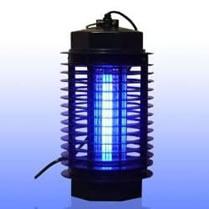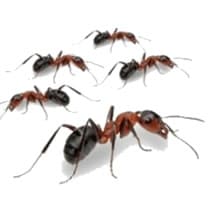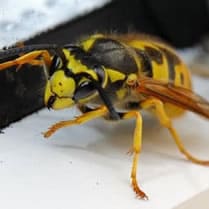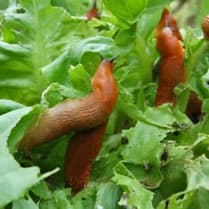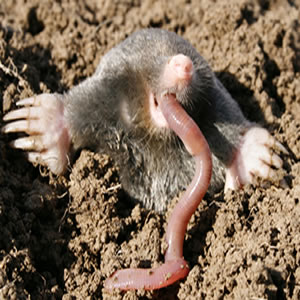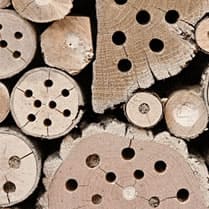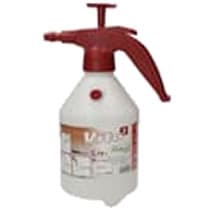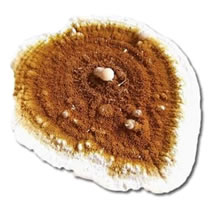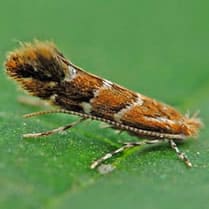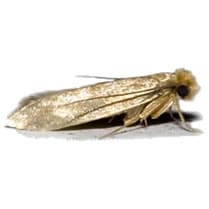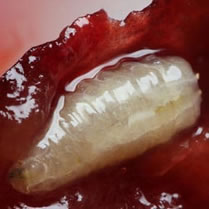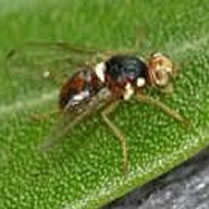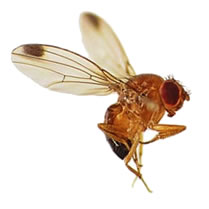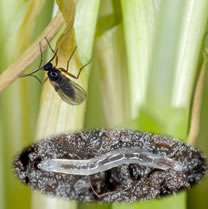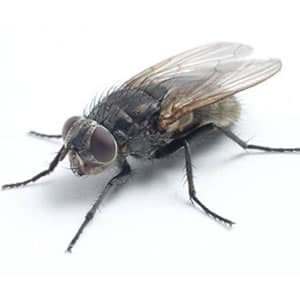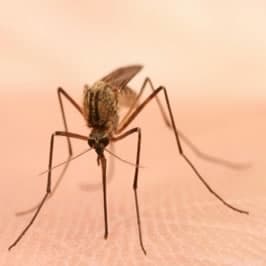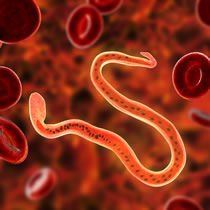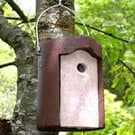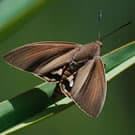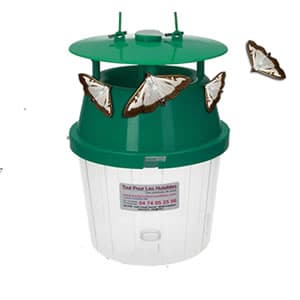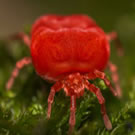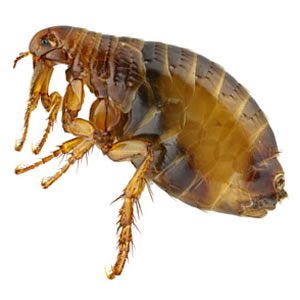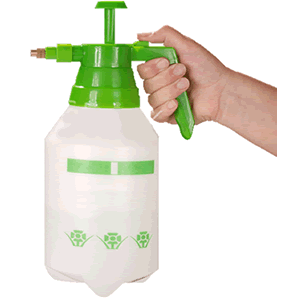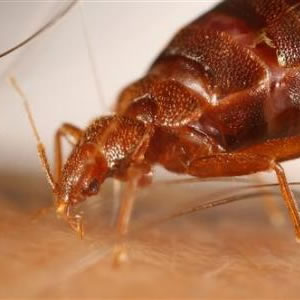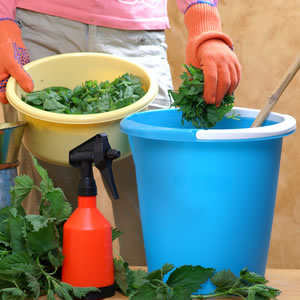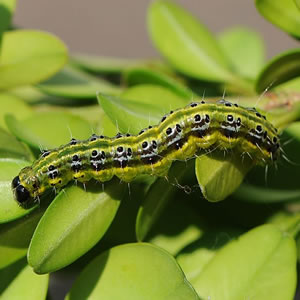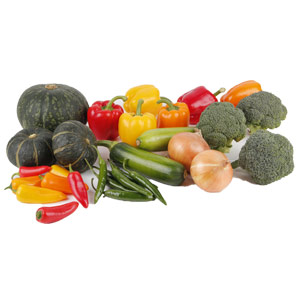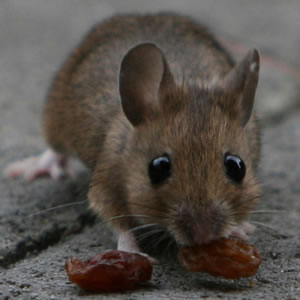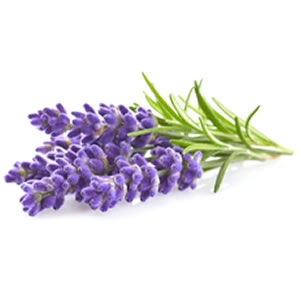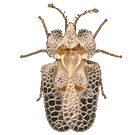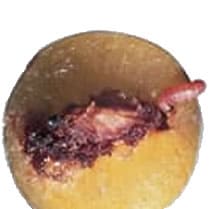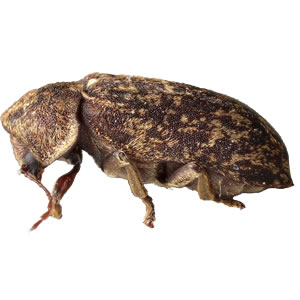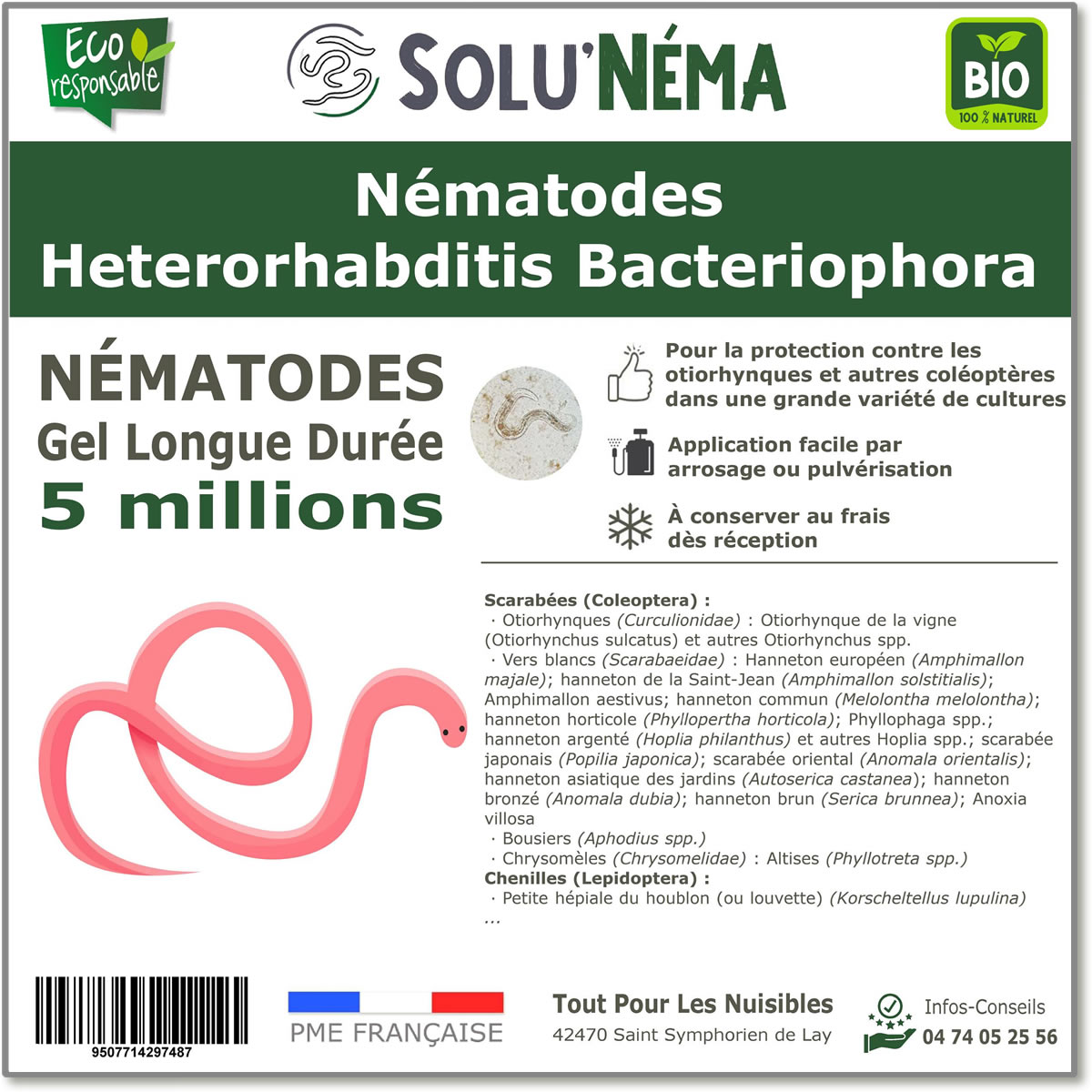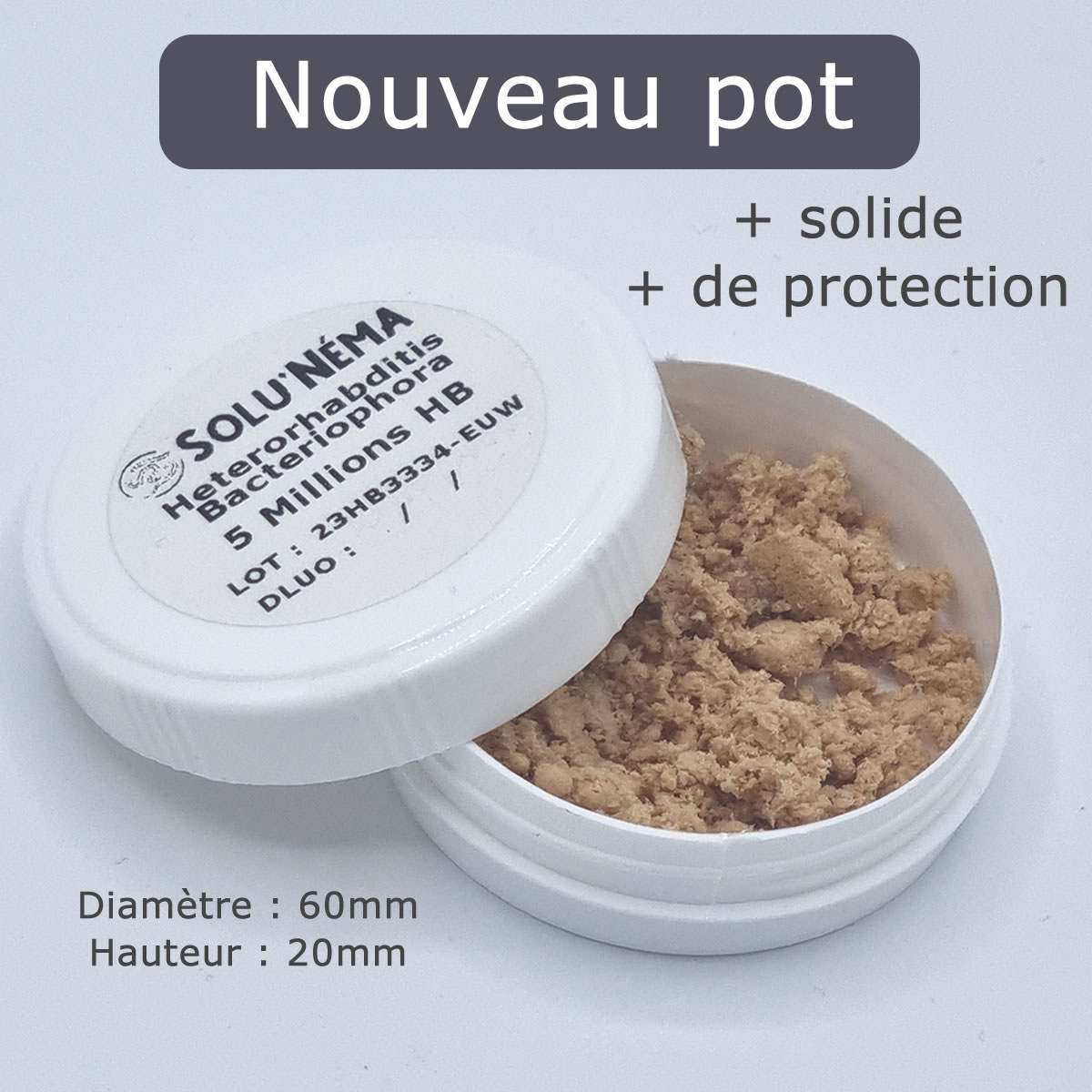- Free delivery
- Oak caterpillar
- Presentation
- Formulation Gel - Cryptobiose
- Legal Notice
- Deliveries
- The main useful nematodes
-
Target pests
- Thrips
- Palm Butterfly (Paysandisia archon)
- The red weevil (Palm tree)
- Soil flies
- The ants
- Box tree moth
- Cutworm - cutworm caterpillars
- crane fly larvae
- The cutters
- White grubs, cockchafers
- Otiorhynchus
- Colorado potato beetle
- The plane tree tiger
- fruit codling moth
- mosquito larvae
- root aphid
- Slugs and snails
- The pear tiger - Stephanitis piri
- Tomato leaf miner
- Agave weevil
- Peach tree capnode
- Zeuzère of the fruit trees
- A little history ...
- Terms of Sales
- Contact us
- Professionnal work place
- Other pests
-
![ACA - Acarien.info, products against mites]() Acariens Acarien.info, products against mites
Acariens Acarien.info, products against mites -
![ANT - Acarien.info, products against mites]() Anthrène des tapis Acarien.info, products against mites
Anthrène des tapis Acarien.info, products against mites -
![ARA - Acarien.info, products against mites]() Araignee Acarien.info, products against mites
Araignee Acarien.info, products against mites -
![ARE - Acarien.info, products against mites]() Arrosage écologique Acarien.info, products against mites
Arrosage écologique Acarien.info, products against mites -
![CAF - Acarien.info, products against mites]() Cafards et Blattes Acarien.info, products against mites
Cafards et Blattes Acarien.info, products against mites -
![CAR - Acarien.info, products against mites]() Carpocapse (vers des fruits) Acarien.info, products against mites
Carpocapse (vers des fruits) Acarien.info, products against mites -
![CRO - Acarien.info, products against mites]() Charancon rouge du palmier Acarien.info, products against mites
Charancon rouge du palmier Acarien.info, products against mites -
![CHI - Acarien.info, products against mites]() Chats-Chiens Acarien.info, products against mites
Chats-Chiens Acarien.info, products against mites -
![LCV - Acarien.info, products against mites]() Chauve souris Acarien.info, products against mites
Chauve souris Acarien.info, products against mites -
![CHE - Acarien.info, products against mites]() Chenille Processionnaire Acarien.info, products against mites
Chenille Processionnaire Acarien.info, products against mites -
![DES - Acarien.info, products against mites]() Desherbage Acarien.info, products against mites
Desherbage Acarien.info, products against mites -
![DVB - Acarien.info, products against mites]() Désinfection-Virus-Bacterie Acarien.info, products against mites
Désinfection-Virus-Bacterie Acarien.info, products against mites -
![DIU - Acarien.info, products against mites]() Destructeur Insectes UV Acarien.info, products against mites
Destructeur Insectes UV Acarien.info, products against mites -
![EPI - Acarien.info, products against mites]() Equipement Protection Individuelle Acarien.info, products against mites
Equipement Protection Individuelle Acarien.info, products against mites -
![FNE - Acarien.info, products against mites]() Fouines Acarien.info, products against mites
Fouines Acarien.info, products against mites -
![FOU - Acarien.info, products against mites]() Fourmis Acarien.info, products against mites
Fourmis Acarien.info, products against mites -
![GUE - Acarien.info, products against mites]() Guêpes - Frelons Asiatique Acarien.info, products against mites
Guêpes - Frelons Asiatique Acarien.info, products against mites -
![ENG - Acarien.info, products against mites]() Les Engrais Acarien.info, products against mites
Les Engrais Acarien.info, products against mites -
![LIM - Acarien.info, products against mites]() Limaces Acarien.info, products against mites
Limaces Acarien.info, products against mites -
![TAU - Acarien.info, products against mites]() Lyon Taupe Acarien.info, products against mites
Lyon Taupe Acarien.info, products against mites -
![INS - Acarien.info, products against mites]() Maisons Insectes Acarien.info, products against mites
Maisons Insectes Acarien.info, products against mites -
![MAT - Acarien.info, products against mites]() Materiel de traitement Acarien.info, products against mites
Materiel de traitement Acarien.info, products against mites -
![MEP - Acarien.info, products against mites]() Mérule Acarien.info, products against mites
Mérule Acarien.info, products against mites -
![MIN - Acarien.info, products against mites]() Mineuse du Marronnier Acarien.info, products against mites
Mineuse du Marronnier Acarien.info, products against mites -
![MIT - Acarien.info, products against mites]() Mites des Vêtements - Alimentaire Acarien.info, products against mites
Mites des Vêtements - Alimentaire Acarien.info, products against mites -
![MOC - Acarien.info, products against mites]() Mouche cerise Acarien.info, products against mites
Mouche cerise Acarien.info, products against mites -
![OLI - Acarien.info, products against mites]() Mouche de l olive Acarien.info, products against mites
Mouche de l olive Acarien.info, products against mites -
![SUZ - Acarien.info, products against mites]() Mouche suzukii Acarien.info, products against mites
Mouche suzukii Acarien.info, products against mites -
![MDT - Acarien.info, products against mites]() Mouche-du-terreau Acarien.info, products against mites
Mouche-du-terreau Acarien.info, products against mites -
![MOU - Acarien.info, products against mites]() Mouches Acarien.info, products against mites
Mouches Acarien.info, products against mites -
![MTQ - Acarien.info, products against mites]() Moustique Acarien.info, products against mites
Moustique Acarien.info, products against mites -
![NEM - Acarien.info, products against mites]() Nématodes Acarien.info, products against mites
Nématodes Acarien.info, products against mites -
![NIC - Acarien.info, products against mites]() Nichoirs et Abris Acarien.info, products against mites
Nichoirs et Abris Acarien.info, products against mites -
![PAL - Acarien.info, products against mites]() palmiers Acarien.info, products against mites
palmiers Acarien.info, products against mites -
![PAY - Acarien.info, products against mites]() Papillon du palmier Acarien.info, products against mites
Papillon du palmier Acarien.info, products against mites -
![PHE - Acarien.info, products against mites]() Phéromone bio Acarien.info, products against mites
Phéromone bio Acarien.info, products against mites -
![PGE - Acarien.info, products against mites]() Pigeon Acarien.info, products against mites
Pigeon Acarien.info, products against mites -
![POU - Acarien.info, products against mites]() Poux rouges du Poulailler Acarien.info, products against mites
Poux rouges du Poulailler Acarien.info, products against mites -
![PDC - Acarien.info, products against mites]() Protection du cheval Acarien.info, products against mites
Protection du cheval Acarien.info, products against mites -
![PCR - Acarien.info, products against mites]() Pucerons Acarien.info, products against mites
Pucerons Acarien.info, products against mites -
![PUC - Acarien.info, products against mites]() Puces Acarien.info, products against mites
Puces Acarien.info, products against mites -
![PUL - Acarien.info, products against mites]() Pulvérisateur Acarien.info, products against mites
Pulvérisateur Acarien.info, products against mites -
![PUN - Acarien.info, products against mites]() Punaise de Lit Acarien.info, products against mites
Punaise de Lit Acarien.info, products against mites -
![PUR - Acarien.info, products against mites]() Purin Acarien.info, products against mites
Purin Acarien.info, products against mites -
![PYR - Acarien.info, products against mites]() Pyrale du buis Acarien.info, products against mites
Pyrale du buis Acarien.info, products against mites -
![SER - Acarien.info, products against mites]() Serpents Acarien.info, products against mites
Serpents Acarien.info, products against mites -
![SDA - Acarien.info, products against mites]() Soin des arbres Acarien.info, products against mites
Soin des arbres Acarien.info, products against mites -
![SDV - Acarien.info, products against mites]() Soin des végétaux Acarien.info, products against mites
Soin des végétaux Acarien.info, products against mites -
![SOU - Acarien.info, products against mites]() Souris - Rat - Campagnol - Rongeur Acarien.info, products against mites
Souris - Rat - Campagnol - Rongeur Acarien.info, products against mites -
![STO - Acarien.info, products against mites]() Stop Odeur Acarien.info, products against mites
Stop Odeur Acarien.info, products against mites -
![TIG - Acarien.info, products against mites]() Tigre du Platane Acarien.info, products against mites
Tigre du Platane Acarien.info, products against mites -
![CPT - Acarien.info, products against mites]() Tout Pour Le Compost Acarien.info, products against mites
Tout Pour Le Compost Acarien.info, products against mites -
![TPG - Acarien.info, products against mites]() Tout Pour Mon Gazon Acarien.info, products against mites
Tout Pour Mon Gazon Acarien.info, products against mites -
![PRU - Acarien.info, products against mites]() Ver de la prune Acarien.info, products against mites
Ver de la prune Acarien.info, products against mites -
![VRI - Acarien.info, products against mites]() Vrillette Acarien.info, products against mites
Vrillette Acarien.info, products against mites
-
SOLUNEMA - 5 Million Nematodes Heterorhabditis Bacteriophora (HB)
Disponibilité : En stock
Biological treatment with Heterorhabditis Bacteriophora (HB) nematodes against pests and/or harmful insects
Nematodes are microscopic worms that penetrate insect pest larvae and release symbiotic bacteria. These bacteria transform the host tissues into assimilable nutrients allowing the nematodes to feed, grow and reproduce inside the host. This kills the pest within a few hours or days of infection.
Scientific name: Heterorhabditis Bacteriophora
General species: Entomopathogenic nematodes
Product category: Cultivation aid
- For protection against weevil and other beetles in a wide variety of crops
- Can be applied with standard spray equipment
- Highly soluble biodegradable formulation with long shelf life
Use for
Scarabs (Coleoptera):
- Otiorhynchus (Curculionidae): Vine Otiorhynchus (Otiorhynchus sulcatus) and other Otiorhynchus spp.
- White grubs (Scarabaeidae): European beetle (Amphimallon majale); June beetle (Amphimallon solstitialis); Amphimallon aestivus; common cockchafer (Melolontha melolontha); European beetle (Phyllopertha horticola); Phyllophaga spp.; silver beetle (Hoplia philanthus) and other Hoplia spp.; Japanese beetle (Popilia japonica); oriental beetle (Anomala orientalis); Asian Garden Chafer (Autoserica castanea); bronze cockchafer (Anomala dubia); brown beetle (Serica brunnea); Anoxia villosa
- Dung beetles (Aphodius spp.)
- Leaf beetles (Chrysomelidae): Flea beetles (Phyllotreta spp.)
Caterpillars (Lepidoptera):
- Lesser hop beetle (or louvette) (Korscheltellus lupulina)
...
mode of action
The nematodes penetrate the larva of the insect pest and release symbiotic bacteria into the body cavity of the pest. These bacteria transform the host tissues into assimilable nutrients allowing the nematodes to feed, grow and reproduce inside the host. This kills the pest within a few hours or days of infection.
Activity indices
Infected pests are usually hard to find. Infected leaf pests simply fall to the ground. Infected insect pests in the root zone turn yellow to brown but may be difficult to see due to rapid breakdown.
Stage of development
Third-stage infective larvae (L3)
Concentration
86% Heterorhabditis Bacteriophora – 14% biodegradable inert carrier.
Preparation
Remove the sachets from the box and keep them at room temperature for 30 minutes
Empty the contents of the sachets into a bucket containing at least 2 liters of water per sachet (water temperature: 15-20°C (59-68°F))
Mix well and soak the solution for five minutes
Mix again and pour the contents of the bucket into the half-filled spray tank (unless mixing with a compatible product)
Continue to agitate the solution (using a recirculating pump, for example)
Fill the sprayer tank with the required amount of water
If mixing with a compatible product, add Steinernema feltiae last when the spray tank is completely filled.
Apply directly after preparing the spray solution.
Application
Nematodes can be applied with a watering can, Airblast sprayer, sprinkler, backpack sprayer or vehicle sprayer
To avoid blockage, remove filters, especially if the opening is less than 0.3 mm (50 mesh)
Use a maximum pressure of 20 bar / 290 psi (at the nozzle)
The aperture of the spray jet must be at least 0.5 mm (500 microns – 35 mesh); preferably use hollow cone jet type nozzles with high output
Mix continuously to prevent the nematodes from falling to the bottom of the tank
Avoid sprayers equipped with a centrifugal or piston pump
The water temperature in the sprayer tank should not exceed 25°C (77°F) and the pH should be between 4 and 8
Spray the solution evenly on the surface of the soil/growing medium
Dose
Heterorhabditis Bacteriophora is typically applied at 250,000 to 500,000 nematodes per m² for soil applications and 1 to 3 million nematodes per liter for foliar applications (application to runoff point).
Timing of application
The timing and frequency depends on the pest species and the crop environment (relative humidity, soil moisture and temperature).
Side effects and compatibility
Pesticides can have (in)direct effects on biological solutions. As a general rule, when mixing directly into the spray tank, always add the nematodes last to the fully filled tank containing the compatible product. The product is safe for most beneficial insects and mites, but may have some effect on a few when in direct contact with foliar applied nematodes.
IMPORTANT
- Store cool at 2-6°C (do not freeze) in the refrigerator after receipt until use and protected from light.
- Bring to room temperature for 30 minutes before use.
- To be used as soon as the temperatures are between 16 to 35° C.
- Use early morning or late evening to avoid UV, as nematodes are UV sensitive.
- Nematodes are not afraid of heat (<30°C), keeping them cold only aims to plunge them into cryptobiosis, thus keeping them in a state of lethargy.
- At room temperature, the nematodes continue their development. On the other hand, without "food", they will eventually die of "starvation" after about a week.
- Spraying: Remove the filters, use a nozzle diameter > 0.5 mm (35 mesh), prefer a high-flow hollow "conical jet" type nozzle.
- Do not keep the solution once diluted in water, the nematodes would eventually die of asphyxiation.
| Cart Summary | |||||||||
|---|---|---|---|---|---|---|---|---|---|
| Subtotal : | 0.00 € | ||||||||
|
|
|||||||||
| Total : | 0.00 € | ||||||||








Over-Ear Headphone
$120 $200
Lorem ipsum, dolor sit, amet consectetur adipisicing elit. Ipsum non facilis corporis modi consequatur. Iure perferendis dicta illum deleniti veritatis vero tempora maxime ducimus quaerat, iusto omnis magni doloribus. Repellat exercitationem odio amet sit.


